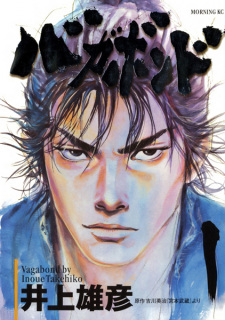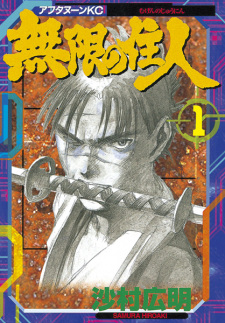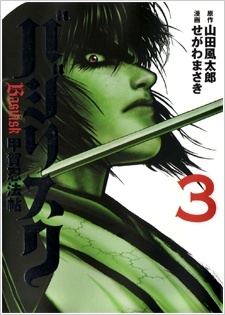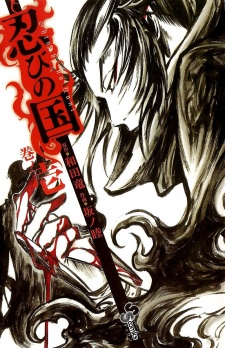Sep 12, 2021
Koike's seminal work Lone Wolf & Cub is renowned for taking a singularly deep exploration into the history, customs, hierarchy, and terminology of Edo era Japan which he layered on top of great characters, compelling fight scenes, and an intriguing narrative. New Lone Wolf & Cub continues in this pursuit better than any of Koike's other works and if you (like me) found yourself uninspired or otherwise disappointed by his other Edo era series (Samurai Executioner, Path of the Assassin, Lady Snowblood, etc..) this series is for you.
If you are unfamiliar with LW&C then I would highly recommend looking into that classic series before
...
reading this although that is not strictly necessary. This review will avoid discussing spoilers however and will just contrast the original in it's characters, themes, storytelling, and art.
The series follows the titular young 'Cub' Ogami Diagoro immediately after the final battle of the original series as his fate becomes quickly entangled with the journey of our new 'Wolf' the legendary swordsman Togo Shigekata. Much like the original series, our main characters become embroiled in a political conspiracy to grasp power spearheaded by a clandestine operation of internal powers within the Tokogawa Shogunate. The operators of this scheme attempt to use our main characters to further their own goals but end up biting off more than they can chew as our main characters discover the deception and devote themselves to stop its progression.
Story: While the story / narrative is the weakest part of NLW&C and may appear convoluted during the initial few volumes it got more satisfying as the series progressed. Events that appear to be unimportant or contradictory to characters' motivations in the beginning became more understandable as you realize that the antagonists rarely say what they mean and instead their dialogue serves to manipulate the characters they interact with to secure the outcome the antagonists desire. While many of the manipulative elements of the story could have been handled a little more elegantly, in the end I found the story rather compelling. Comparing the story to the original series, NLW&C is far more focused than the original which spends the first half of the series telling episodic stories which are regularly not connected to the main narrative. This is not strictly a positive if you are someone who enjoys anthology storytelling or enjoys a lot of short stories but is something to note. While the two stories are very similar they feel adequately different yet similar enough to feel apart of the same world.
Characters: The characters in NLW&C may exceed the original. Characters are less stoic and more human in this new series and often show a far broader personality then their equivalents in the original series. In particular the relationship between Diagoro and Togo is handled very well and really invests you in their growing connection. Female characters are also handled much better in this new installment (and far, far better than Samurai Executioner or Path of the Assasin) and it was a big relief to read a Koike story where women were not just treated as an object for sexual release.
Art: What I was most surprised by reading this series was how striking the art was. As someone who really enjoyed the classic art of Goseki Kojima in the original series (and many other Koike works) I found myself amazed that Hideki Mori was able to surpass this giant in many ways. His art preserves the sketch-like drawing style of Kojima while amplifying the detail to a great extent and this serves to deliver fantastic battle sequences, beautiful vistas, and wonderfully depicted set pieces. Just the chapter title pages alone are some of the most wonderfully rendered pieces of samurai fiction I've had the pleasure to look at.
Conclusion: This series is seriously underrated in my opinion. While it has the considerable advantage of time over Koike's other Edo era works it capitalizes on lessons learned from those series immensely and provides a consistent, engaging, and well realized story that feels like a proper homage to the original. While it may not be as good on the whole as that classic series it is very close in my estimation and is far, far better than any other Koike work I've read besides the original LW&C.
Overall I'd give this series an 8.5/10 and is a must read for anyone who really enjoyed LW&C.
Reviewer’s Rating: 8
What did you think of this review?
Nice
 0
0
Love it
 0
0
Funny
 0
0
Confusing
 0
0
Well-written
 0
0
Creative
 0
0Show all
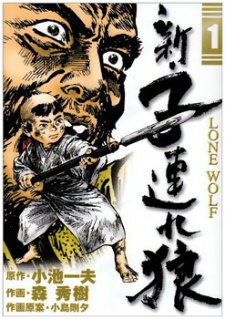



 (1).png)


